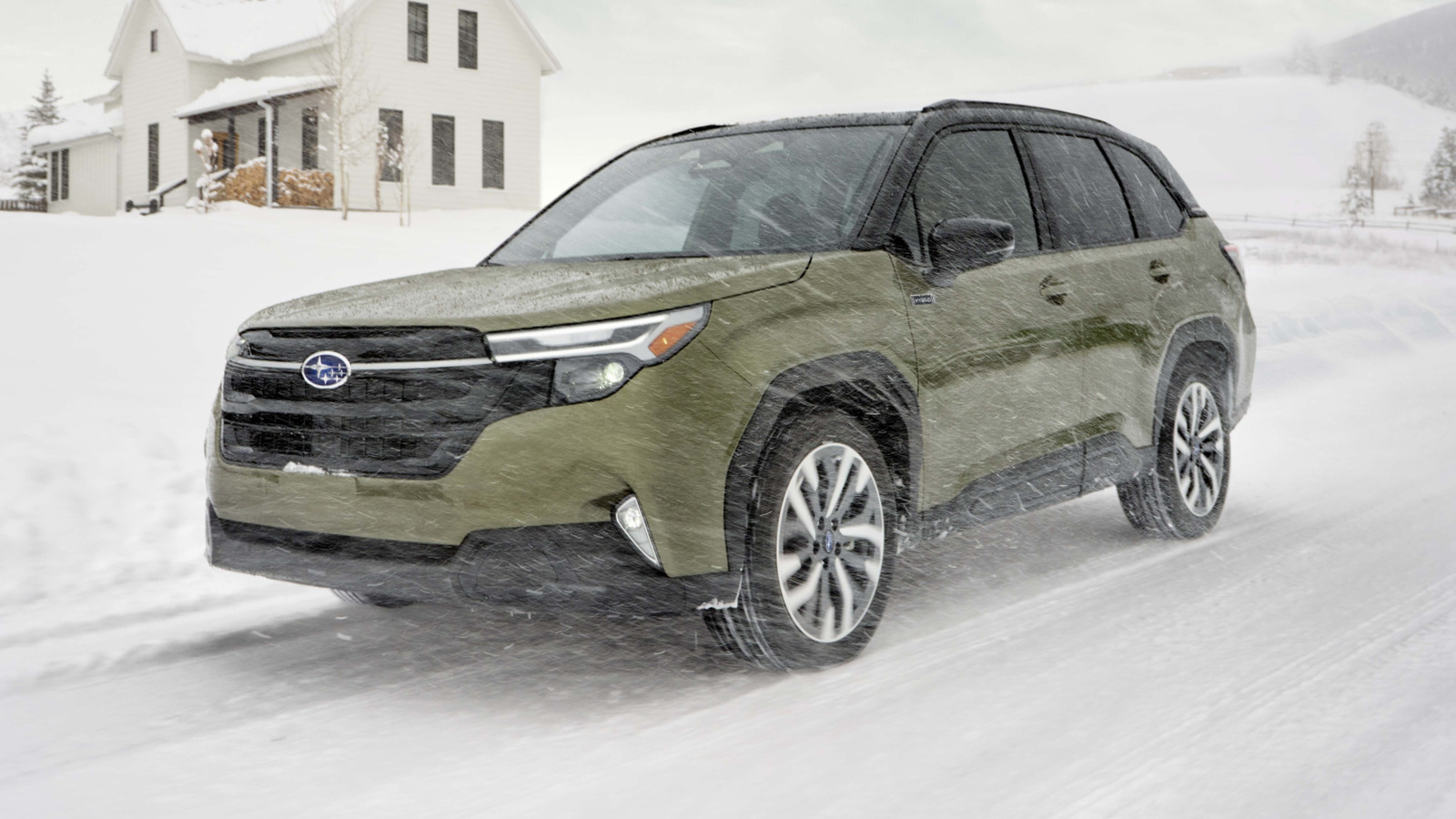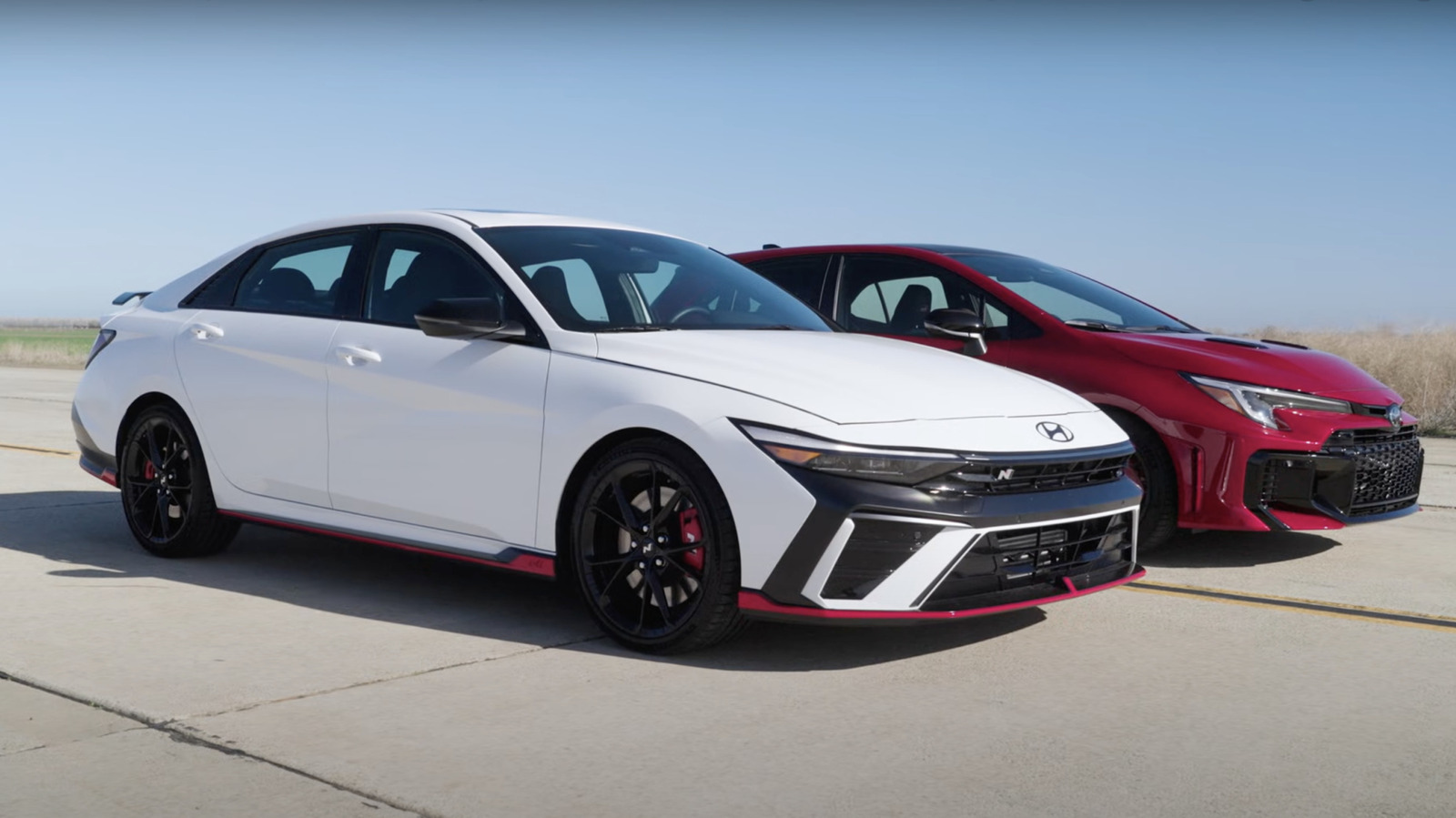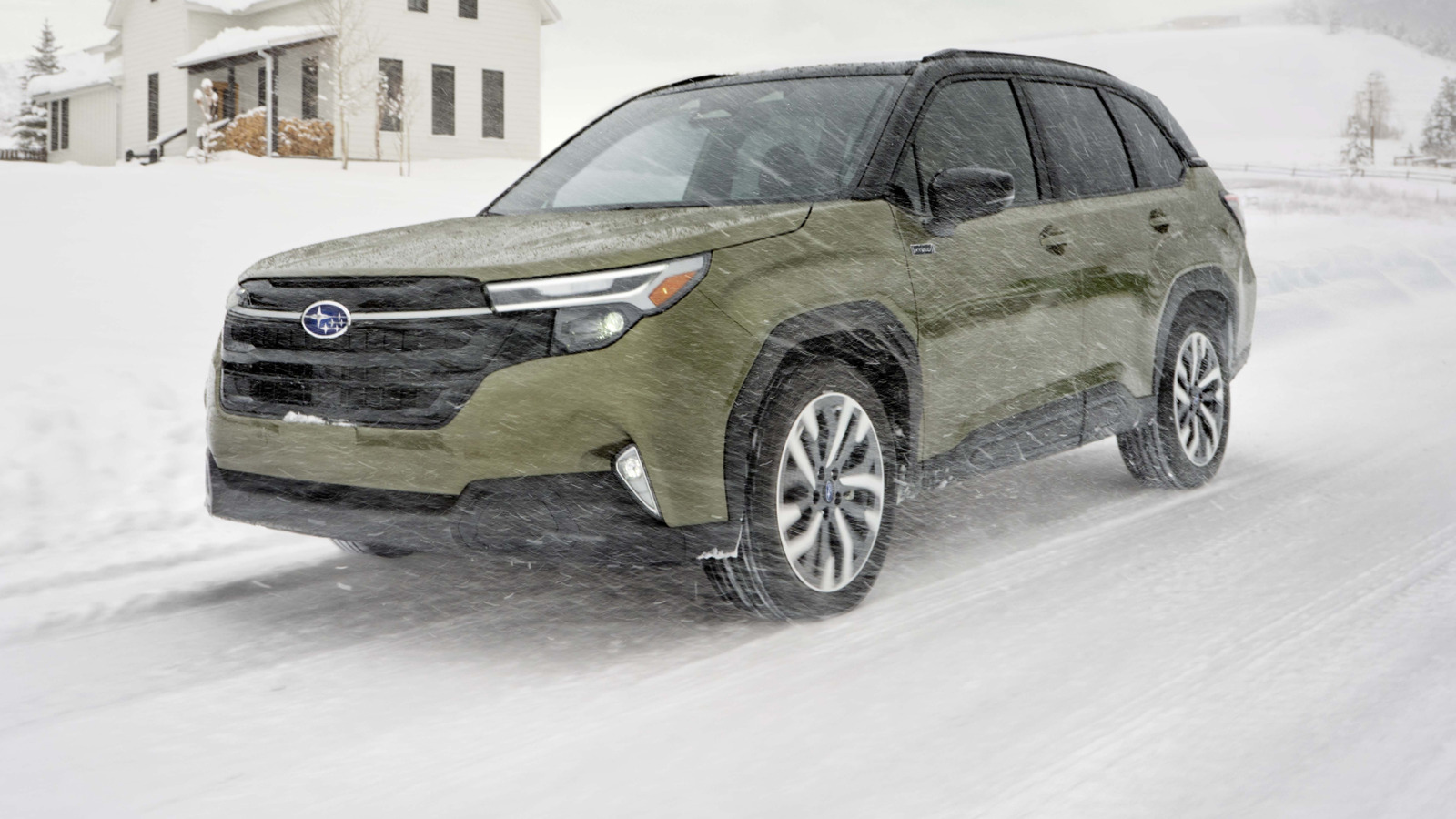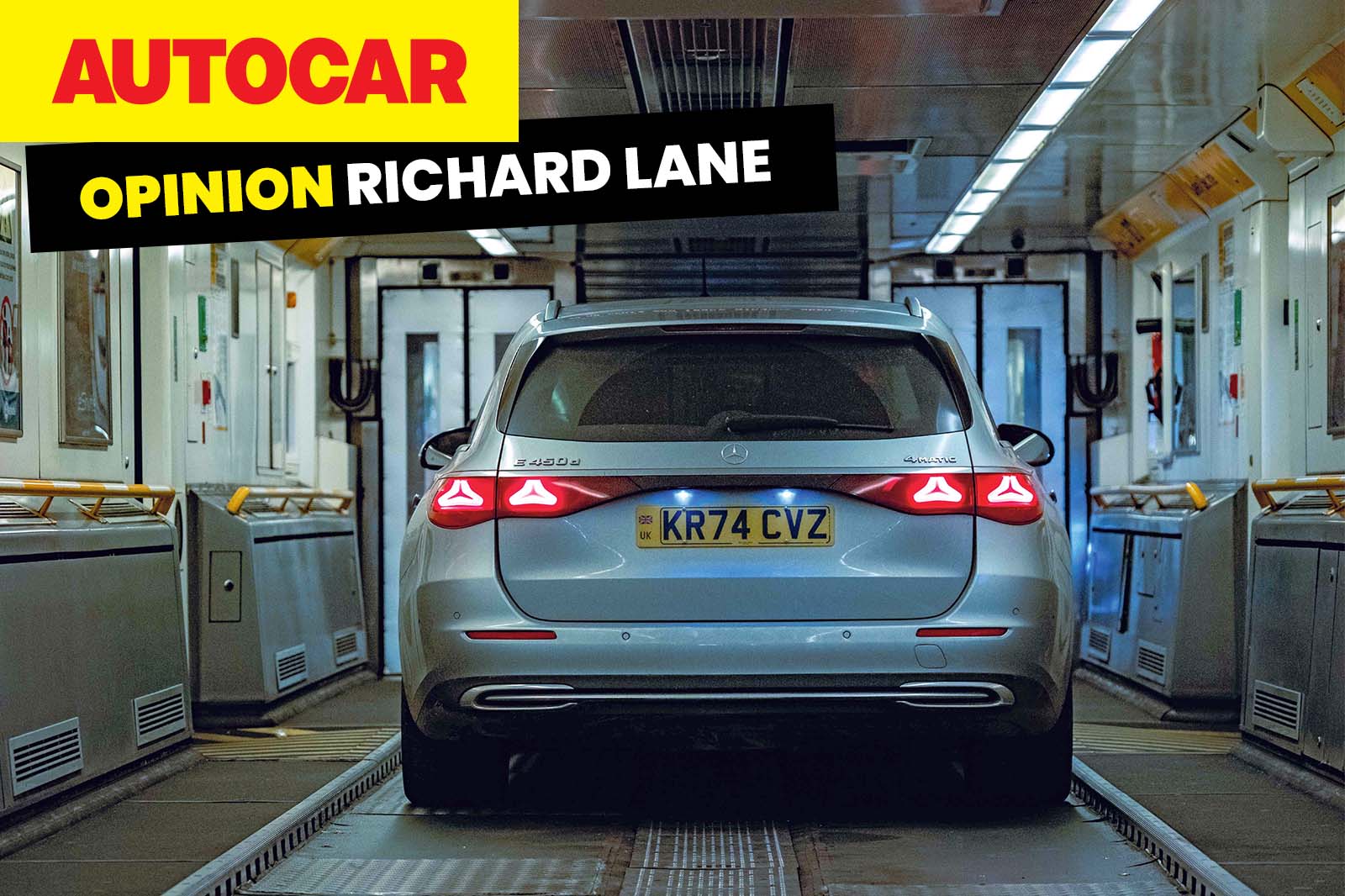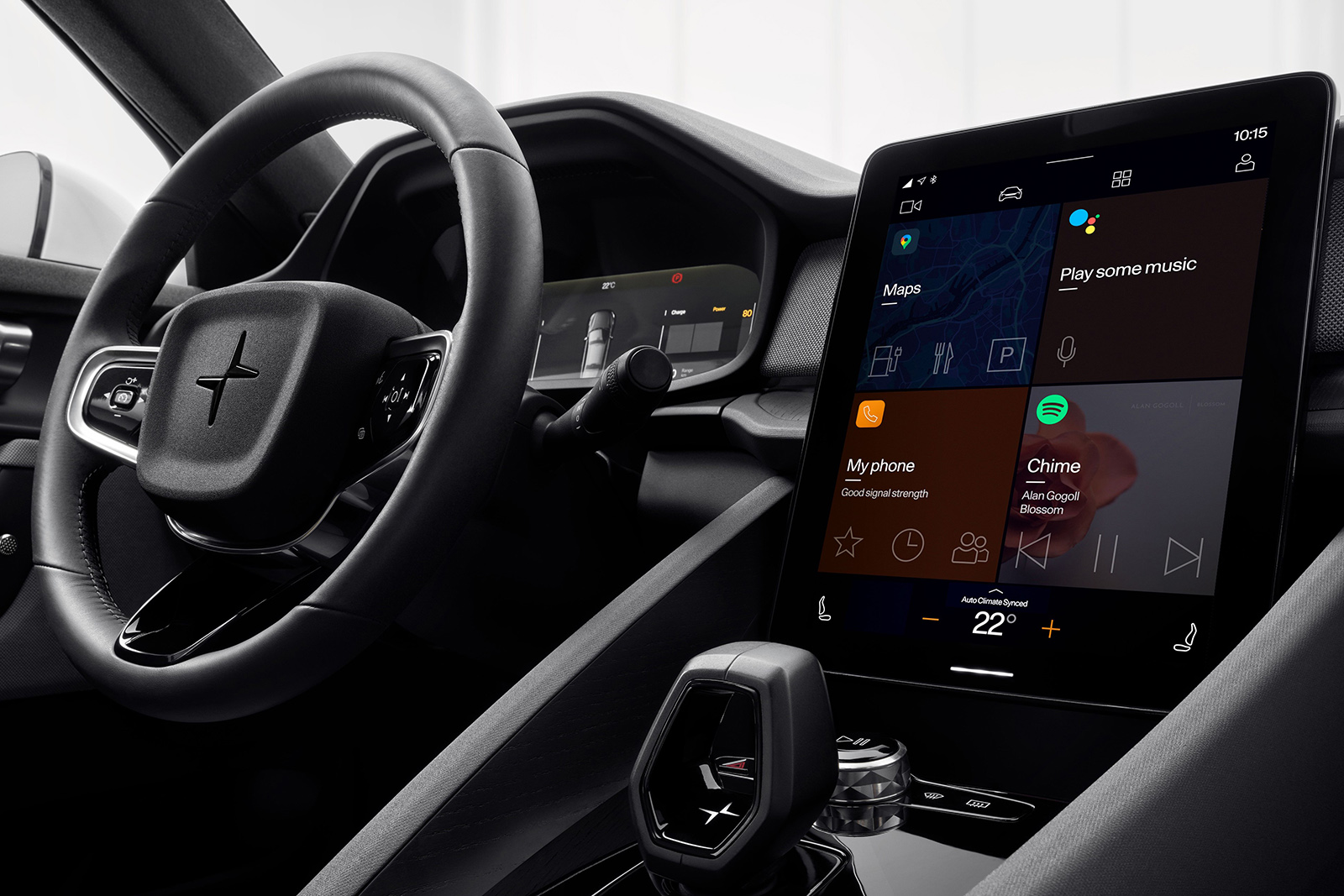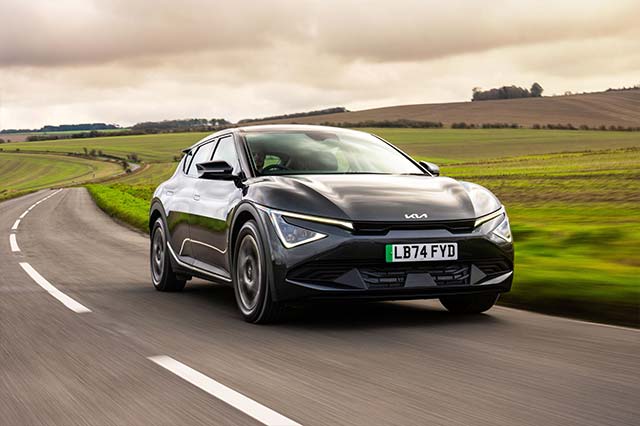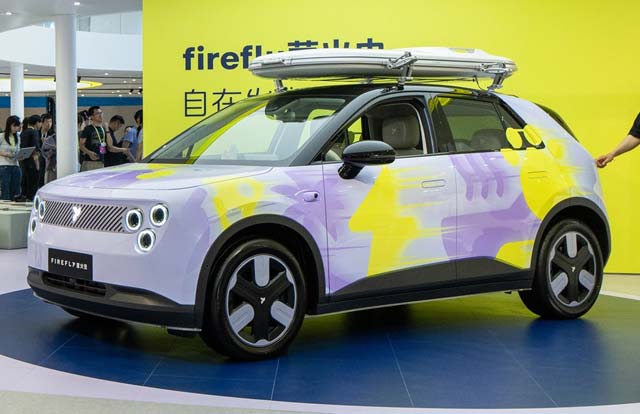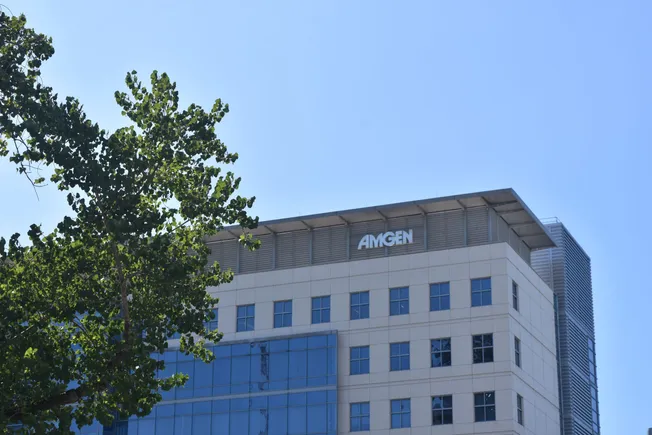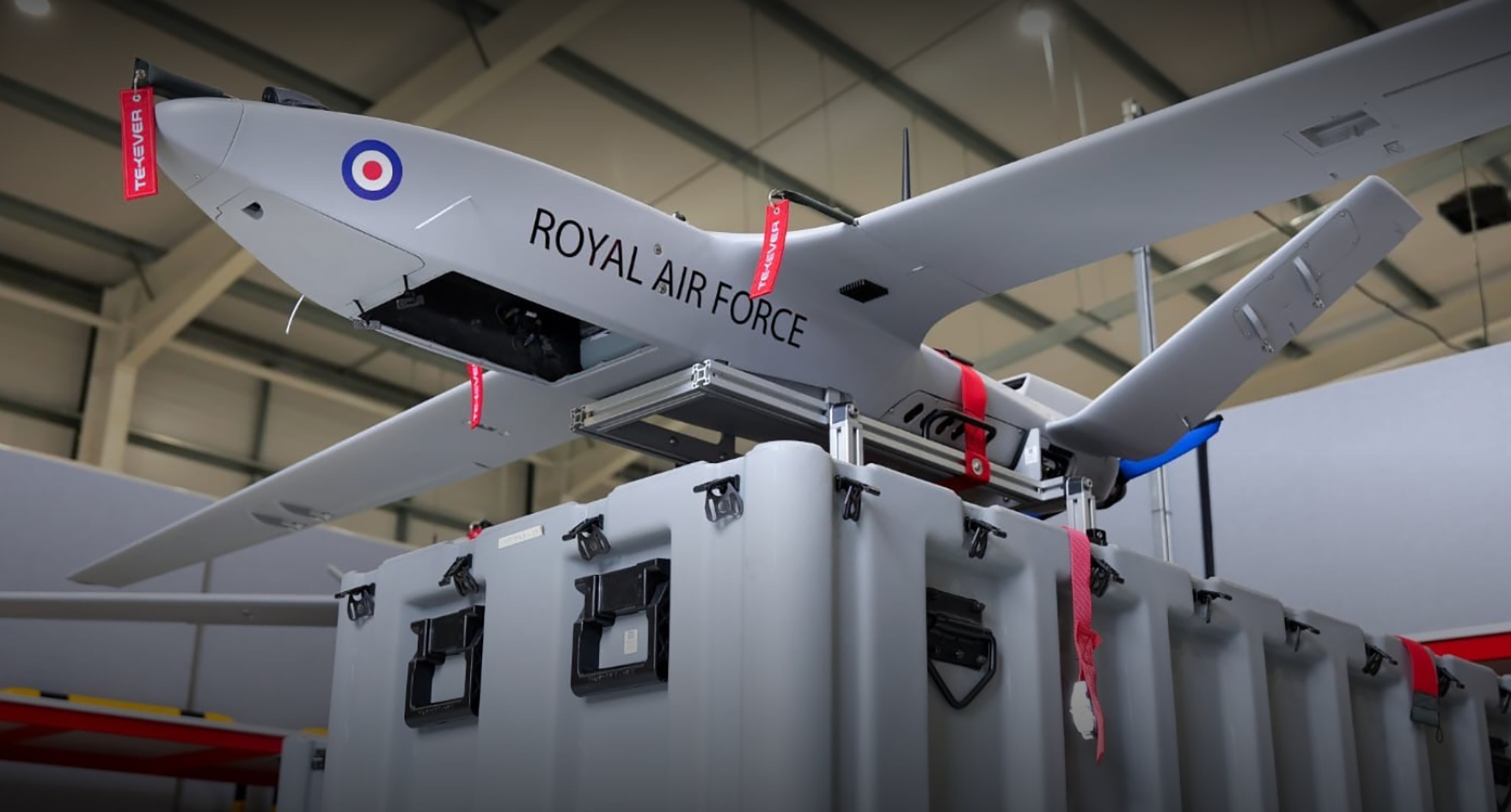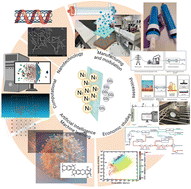Making a compelling case for tablets
When working on a forklift or material handling vehicle, safety is the top priority – whether moving boxes, loading pallets, or filling lorries, says Leonardo Borgini, Senior Product Manager, PDAs, Tablets and Personal Shoppers at Zebra Technologies. But with a tablet computer at your fingertips – mounted in the cab – increased productivity and improved [...] The post Making a compelling case for tablets first appeared on Warehouse & Logistics News.

When working on a forklift or material handling vehicle, safety is the top priority – whether moving boxes, loading pallets, or filling lorries, says Leonardo Borgini, Senior Product Manager, PDAs, Tablets and Personal Shoppers at Zebra Technologies.

But with a tablet computer at your fingertips – mounted in the cab – increased productivity and improved operational efficiency follows.
In warehouses, distribution centres, or manufacturing plants, the time-saving from tablets can cut through the chaos in these frenetic working environments, as long as it’s strong enough to face the rigours of pick up or put away.
The previous need for a driver to look up at a large main screen for operational information is replaced by having a portable display right in front of them, full of real-time data.
These rugged mobile devices can also be hand-carried by back-office workers and work with a barcode scanner, external scanner, or other data capturing sensors to retrieve asset identification.
Whether fixed-mounted or vehicle-mounted, they can automatically read what’s in a single box, or larger pallet, streaming details to line managers, or removed from docks for close-up operation at shelf level.
Their portable touchscreens (most commonly 10 or 12 inches) lead the way in this important evolution for logistics, whether when signing off goods once loaded and received or for stock control. Snap-on keyboards can be added too.
They even cope with the toughest of environments because situations might be warm and dry, snowy, dusty, or extremely cold. An everyday consumer tablet or on-board computer is not sufficient, particularly if a driver is wearing gloves.
These rugged tablets are designed specifically for the cold, wind, and rain. Some have an internal heater to stop it seizing up in the lowest temperatures or clouding the screen with condensation. Spills can be withstood too, thanks to higher levels of sealing.
Batteries are an important consideration. Most Zebra tablets have options to stop a battery charging whenever a “safety” capacity threshold is reached. It is possible to completely remove it too.
And then there’s drop-protection, tested to the US military’s MIL-STD-810H standard, a critical improvement given the potential for falling onto concrete.
Multiple options for connectivity ensure a range of use cases such as ports for wired connectivity or different peripherals. Supporting standard Wi-Fi, extended wireless bands, 4G/5G public networks, and private 4G/5G infrastructure is vital, as is the latest Bluetooth low energy protocols and contactless NFC.
All of these elements must come into focus for tablet purchasing decisions when existing hardware is coming up for replacement. Any rugged tablet able to swap in and out of many different vehicles in seconds also means fewer to buy for a big fleet.
Tablets augment your workforce to make better decisions while increasing the bottom line, alongside satisfaction among colleagues and customers.
As a market leader in vehicle computers, Zebra Technologies has a unique position to be your trusted partner on this journey, whether for Android or Windows operating systems. Our prescription for a healthy and profitable supply chain is to take those tablets as soon as possible.
For more on the ET60/ET65, visit: www.zebra.comThe post Making a compelling case for tablets first appeared on Warehouse & Logistics News.










